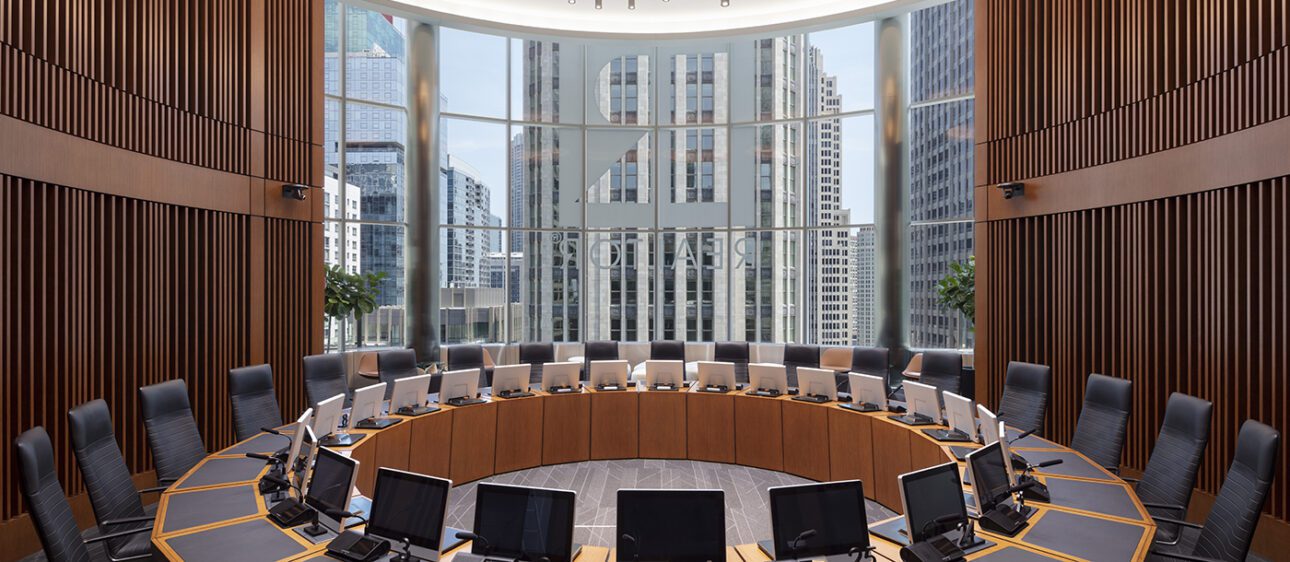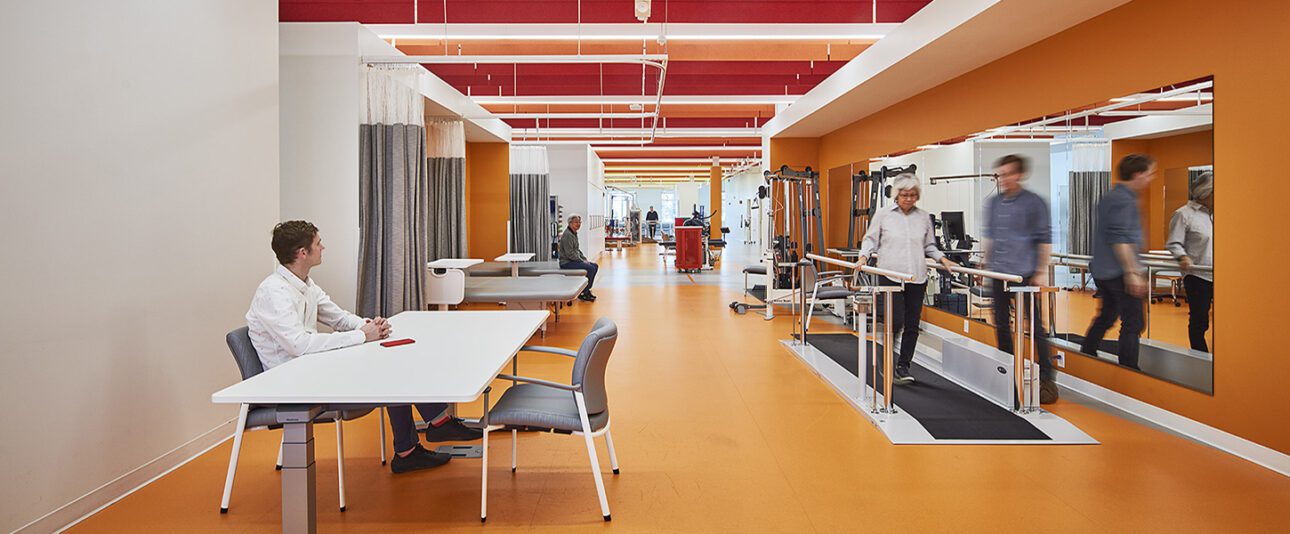GBA retro-commissioned the Cancer Institute, a fairly new building, and identified energy efficiency measures that yielded verified electric energy savings of 470,559 kWh/year ($28,234), with natural gas savings of 15,160 therms/year ($7,580). The cost of the study was fully funded by ComEd. The simple payback for installed measures was only about six months; adding in utility incentives of $10,000 for implementation, the payback was less than three months.
Measures identified and implemented were:
- Improve rooftop unit scheduling: The unocupied scheduling of the three custom rooftop units was improved. Only two of the three units had an unoccupied schedule before the project, and it was only implemented during cooling months. The VAV terminal units also lacked an unoccupied mode. Retro-commissioning resulted in reprogramming the two RTUs to turn off at night based on typical building scheduling, as well as all day on Sundays, when the building is unoccupied. (A third RTU remained operational but at 30% during periods of non-occupancy.) This controls programming measure resulted in the largest energy savings (nearly 219,000 kWh/year and 2,700 therms/year) with the shortest simple payback (about three months).
- Reduce/reset the duct static pressure: About 58,000 kWh/year. The static pressure for the three RTUs in this low-rise building was previously fixed (4 inches for one unit and 3 inches for the other two). GBA recommended reprogramming to reduce the maximum static setpoint by at least 1 inch for each RTU, as well as adding a reset schedule with a minimum static setpoint of 1.5 inches for each unit. Like the prior measure, this change was accomplished strictly through controls reprogramming.
- Schedule lighting. Before retro-commissioning, the facility’s parking lot lights were operated based on photocell readings. All lights were generally enabled until about 11 p.m. through a programmable lighting control system. The conservation measure implemented to reduce lighting energy consisted of turning about 45 parking lights off during periods of nighttime non-occupancy, leaving only a few circuits on overnight for security purposes. This was accomplished through reprogramming.



